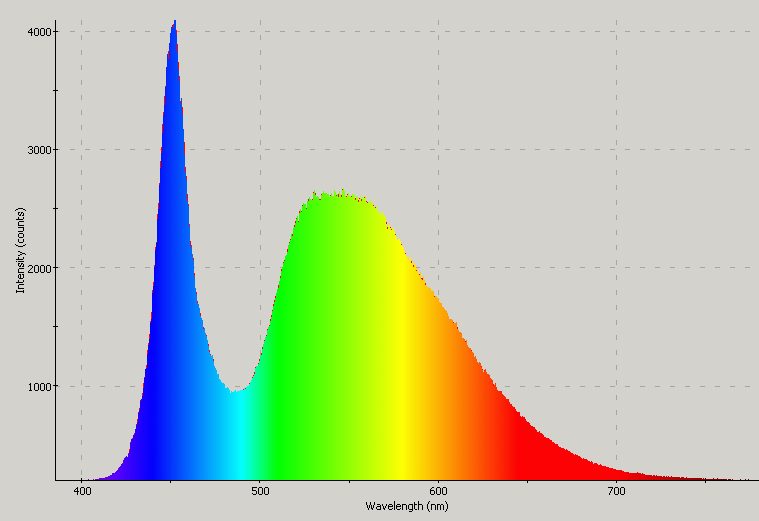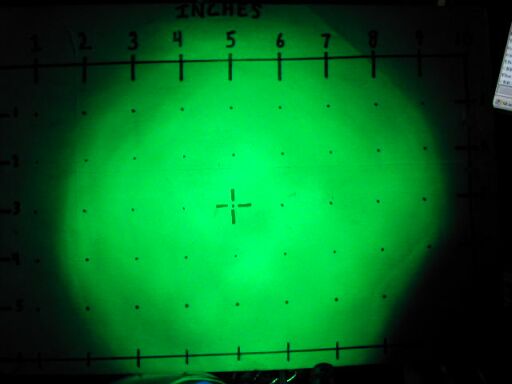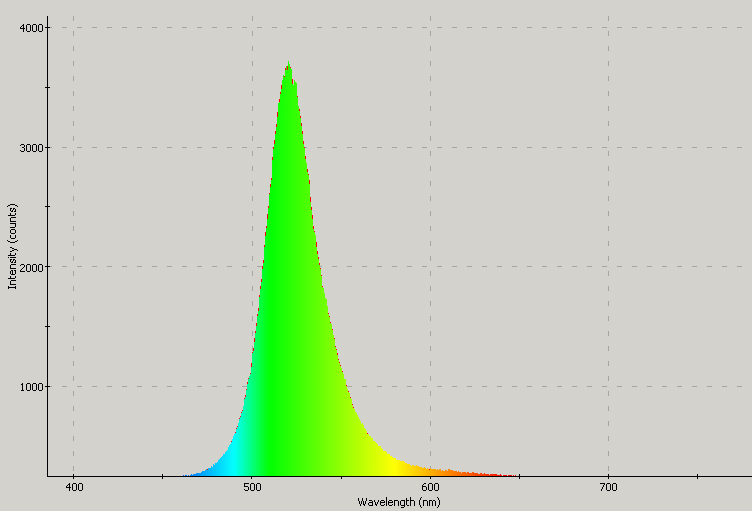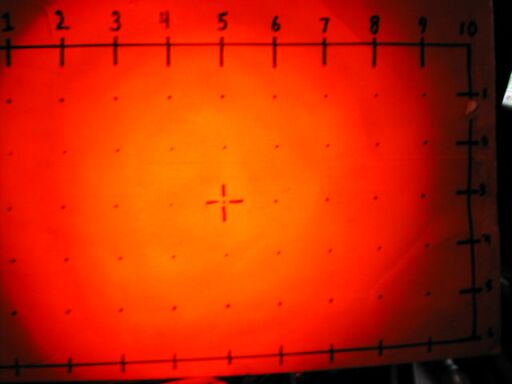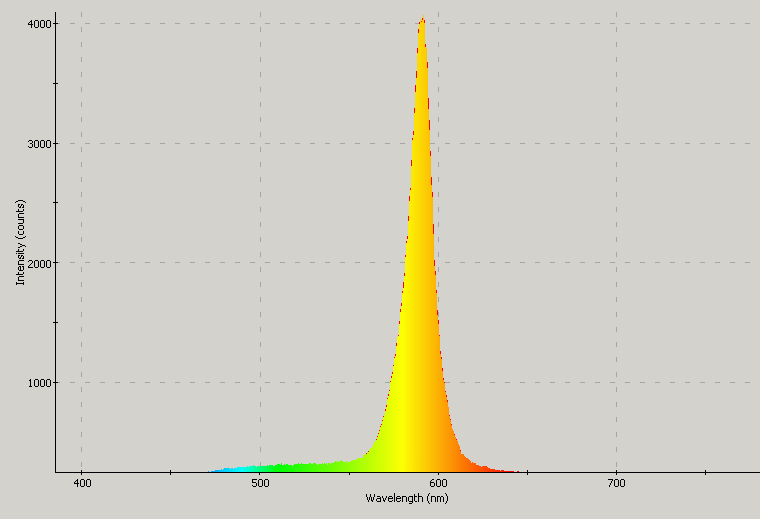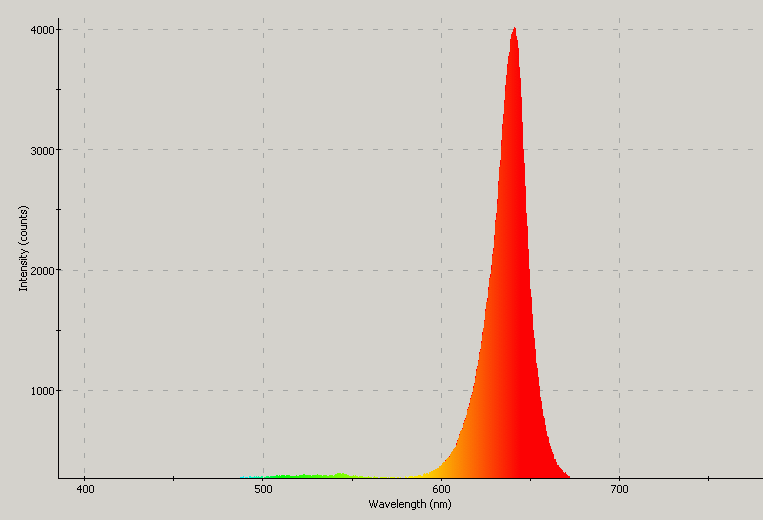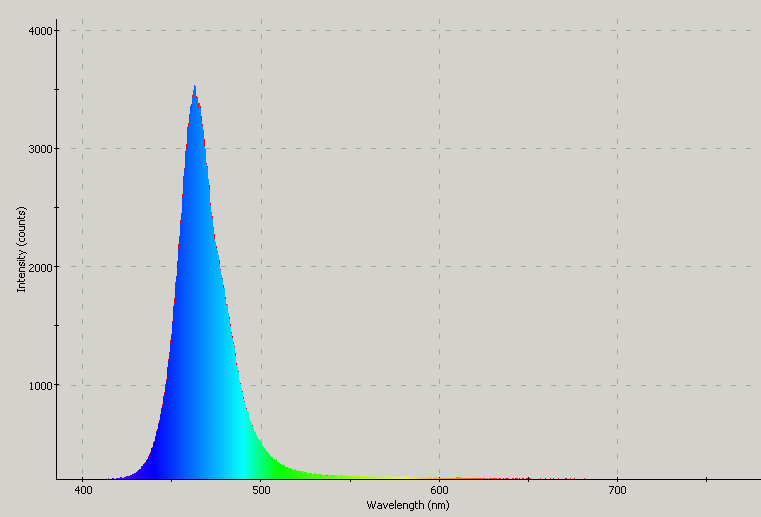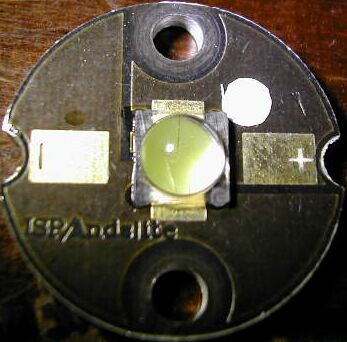Unsolicited flashlights, LEDs, and other products appearing in the mail are welcome, and it will automatically be assumed that you sent it in order to have it tested and evaluated for this site.
Be sure to include contact info or your company website's URL so visitors here will know where to purchase your product.
WHITE 5500-6500K InGaN+phosphor
ULTRAVIOLET 370-390nm GaN
BLUE 430nm GaN+SiC
BLUE 450 and 473nm InGaN
BLUE Silicon Carbide
TURQUOISE 495-505nm InGaN
GREEN 525nm InGaN
YELLOW-GREEN 555-575mn GaAsP & related
YELLOW 585-595nm
AMBER 595-605nm
ORANGE 605-620nm
ORANGISH-RED 620-635nm
RED 640-700nm
INFRARED 700-1300nm
True RGB Full Color LED
Spider (Pirrahna) LEDs
SMD LEDs
True violet (400-418nm) LEDs
Agilent Barracuda & Prometheus LEDs
Oddball & Miscellaneous LEDs
Programmable RGB LED modules / fixtures
Where to buy these LEDs
Links to other LED-related websites
The World's First Virtual LED Museum
Legal horse puckey, etc.
RETURN TO OPENING/MAIN PAGE
LEDSaurus (on-site LED Mini Mart)
This page is a frame from a website.
If you arrived on this page through an outside link,you can get the "full meal deal" by clicking here.

